Access to certain establishments or locations has long been a problem for people with reduced mobility. Whether in hotels, railway stations, restaurants or cinemas, their accessibility was still impossible.
Recently, the rules governing access for PRMs and the general public have been reviewed to ensure that everyone has the best possible access to an establishment. Every ERP must therefore comply with certain rules laid down by law. For the safety of the public and your employees, but also to enable all persons to access your establishment without difficulty, it is important to be familiar with the various measures set out in article R. 123-2.
As an expert in the sale of professional mat, NeoSol is well aware of the measures to be taken to guarantee access to all types of public. Before going into detail about these measures, we need to understand what an ERP is and what the law says.
ERP definition, classification and statistics
ERP is short for "établissement recevant du public" (public-access establishment). This notion is defined by article R. 123-2 of the French Construction and Housing Code (CCH), which states that ERPs are:
"All buildings, premises and enclosures in which people are admitted, either freely or in return for payment or participation of any kind, or in which meetings are held that are open to all or by invitation, whether or not they are subject to payment". "All persons admitted to the establishment in any capacity whatsoever in addition to the staff are considered to be members of the public".
As you can see, all establishments, whatever their sector of activity, that receive members of the public must allow all persons to access the premises in complete safety and peace of mind.
The different categories and types of ERP
As there are a large number of such establishments, they have been classified according to their capacity. There are 5 categories:
- From 1,501 people: category 1;
- From 701 to 1500 people: category 2;
- 301 to 700 people: category 3;
- Up to 300 people: category 4;
- Below the adjustment threshold: category 5. This refers to establishments where the number of employees does not reach the minimum figure set by your local regulations.
Establishments entering category5 are then classified according to their type of activity, and assigned a letter defined by article GN 1 of the fire safety regulations.
- J: establishments for the elderly and people with reduced mobility
- M: retailstores, shopping centers
- N:Restaurants and drinking establishments
- O: Hotels
- S:Libraries and documentation centers
- U: Health care facilities
- W:Administrations, banks, offices
- X:Indoor sports facilities
- Y: Museums
Discover the complete list of ERP types.
ERP statistics
In France, over 1,000,000 establishments open to the public are affected by this compliance requirement. To better understand why it is so important for an establishment to be compliant in order to welcome the public, a survey was carried out by Insee HID and handicap.gouv.fr, which revealed the following data:
- 12 million people in France have a disability, i.e. 1 in 5,
- 1.5 million people are visually impaired, including 60,000 who are blind,
- 850,000 people have reduced mobility,
- 1.4 million people suffer from a motor disability combined with other impairments,
- Only 1metro line in Paris is 100% accessible to PRMs.
These statistics also showed that only 40% of ERP were in compliance in 2018.This percentage is insufficient, which is why regulations have been tightened.
What the law says about ERP and accessibility
ERP compliance requires the implementation of measures to accommodate all types of public and all types of disability: cognitive, auditory, visual, mental, psychic and motor. Accessibility standards are governed by law, which requires every ERP to comply with them, on pain of a fine.
To help you find out if you're in compliance, the table above lists 3 types of disability, along with the necessary adjustments to be made.
| Type of disability
|
Accommodation required
|
| Motor impairment
|
- Entrance mat adapted for wheelchairs and strollers.
- Reach handles and equipment in communal areas.
- Enable people with reduced mobility to perform a 1/2 turn maneuver in washrooms, corridors, entrance halls, etc.
|
| Visual impairment
|
- Self-adhesive floor marking strips, nails and podotactile tiles.
- Installation of an underlay on recessed entrance mats.
- Specific contrasts to enable them to see, read and locate hazards easily.
- Provision of lighting for equipment and pathways in the premises.
|
| Hearing impaired
|
- Visual identification
- Reception and visual communication in general,
- Sound quality for movement around the premises.
- Appropriate signage.
|
ERP: what solution is best for PRM accessibility?
Accessibility for all is a major priority for NeoSol, which is why we offer solutions adapted to each type of ERP. Aware that many establishments are not yet compliant with regulations, NeoSol can help you by offeringaccessibility and safetyproducts such as adapted entrance mats, podotactile nails and tiles, self-adhesive marking strips, cable protectors, etc.
NEED ADVICE?
Contact Solène
![Fire classification, UPEC and ISO 10874 standards Fire classification, UPEC and ISO 10874 standards]() Fire classification, UPEC and ISO 10874 standardsFire rating and quality standards should be one of the main criteria to consider before buying professional flooring. Find out why with NEOSOL.Read More
Fire classification, UPEC and ISO 10874 standardsFire rating and quality standards should be one of the main criteria to consider before buying professional flooring. Find out why with NEOSOL.Read More![Static electricity risks and solutions Static electricity risks and solutions]() Static electricity risks and solutionsHow dangerous is static electricity for employees? How do industries reduce the risks associated with electrostatic discharge?Read More
Static electricity risks and solutionsHow dangerous is static electricity for employees? How do industries reduce the risks associated with electrostatic discharge?Read More![Professional mats: how to care for them? Professional mats: how to care for them?]() Professional mats: how to care for them?Professional mat maintenance is essential to maintain the longevity of your mat and the safety of passers-by. NEOSOL, the flooring expert, reveals its different maintenance methods.Read More
Professional mats: how to care for them?Professional mat maintenance is essential to maintain the longevity of your mat and the safety of passers-by. NEOSOL, the flooring expert, reveals its different maintenance methods.Read More![Accessibility and ERP: how do I know if I'm in compliance? Accessibility and ERP: how do I know if I'm in compliance?]() Accessibility and ERP: how do I know if I'm in compliance?Accessibility must be a priority for every ERP. But you still need to know if you're in compliance. To help you, NeoSol, the professional flooring specialist, tells you more.Read More
Accessibility and ERP: how do I know if I'm in compliance?Accessibility must be a priority for every ERP. But you still need to know if you're in compliance. To help you, NeoSol, the professional flooring specialist, tells you more.Read More
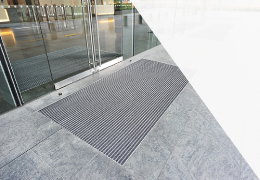



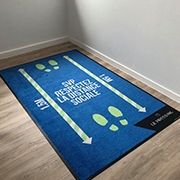

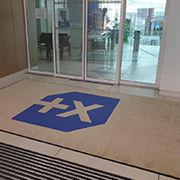
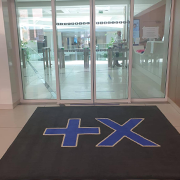
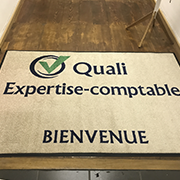
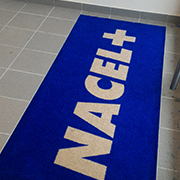

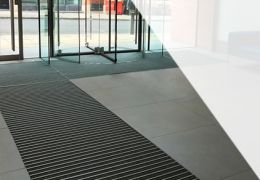
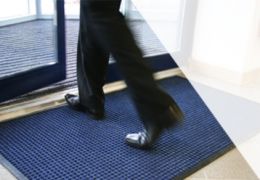
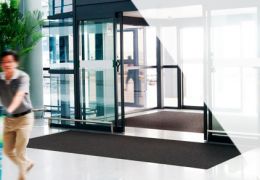
Leave a comment